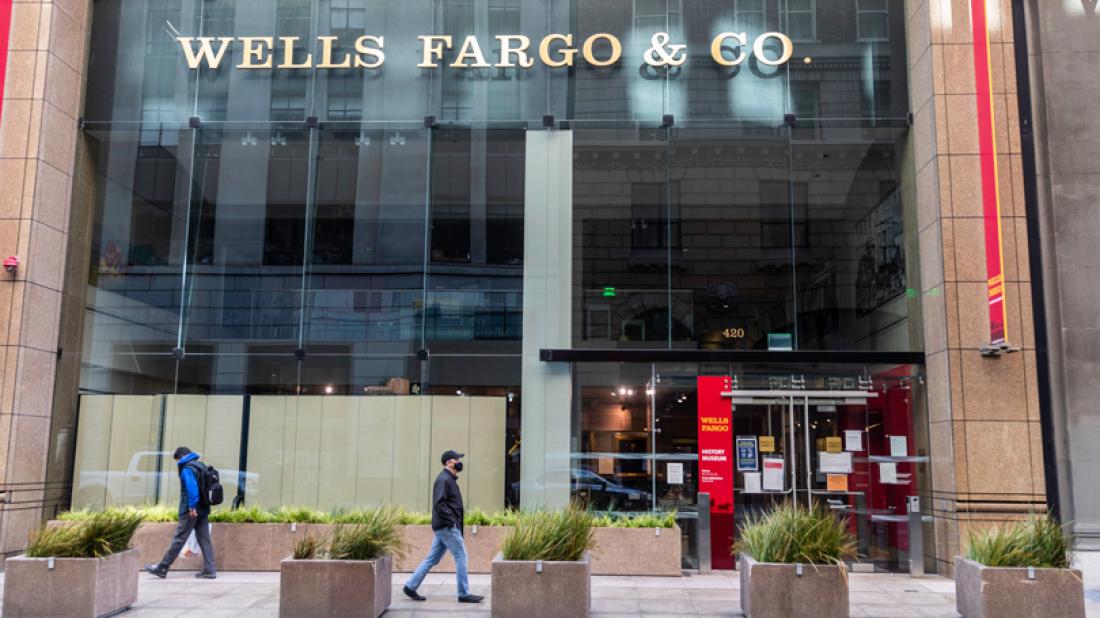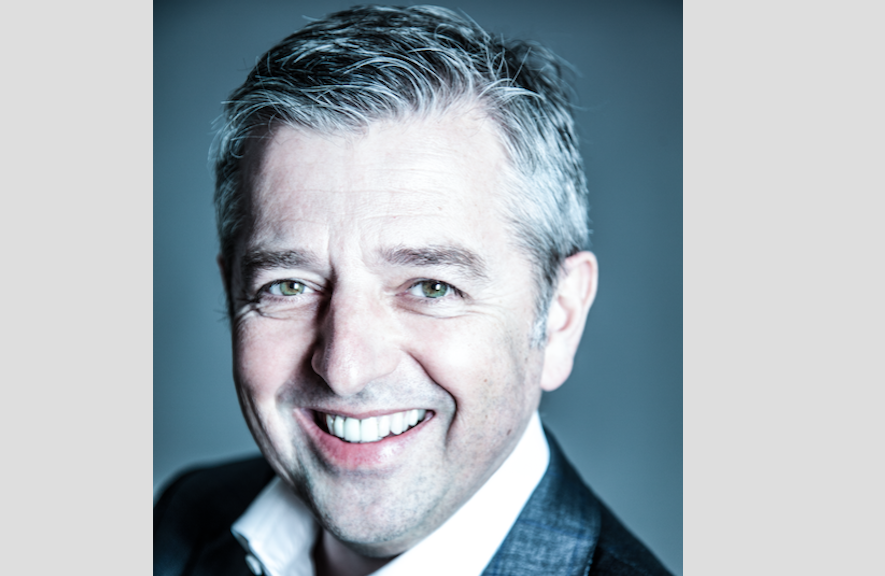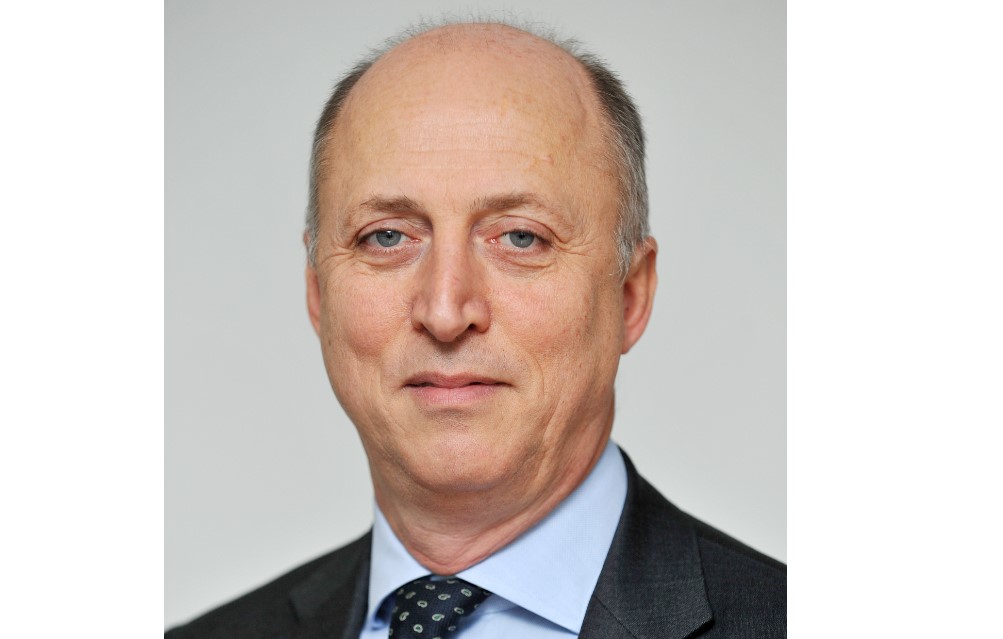Large European Firms Take the Lead over US Competitors when Aligning with the Paris Agreement
| By Beatriz Zúñiga | 0 Comentarios

The portfolios of the world’s 30 largest fund managers, which collectively hold 50 trillion dollars in assets, continue to be misaligned with the goals of the Paris Agreement, with US firms lagging behind their European competitors. That’s why the latest research by InfluenceMap finds that “urgent action” is required to drive change in key climate-risk sectors.
The Asset Managers and Climate Change 2021 report scores companies based on three criteria: engagement with investee companies, support for climate-related shareholder resolutions, and portfolio analysis. It shows mixed results when it comes to engagement with investee companies to speed up the transition of business models and lobbying practices, with large US companies significantly behind European players.
InfluenceMap believes forceful engagement is needed in the automotive, fossil fuel production and utility sectors where stranded asset risk is prominent for investors, as those firms continue to lobby against Paris-aligned climate policy. Given “the huge influence” these asset managers have over the global economy, it is vital they take action to ensure the world can meet the climate goals of the Paris Agreement. However, this latest report shows most are still moving too slowly when it comes to using their clout to drive change in investee companies.
“Once again, we see European asset managers taking the lead over their US competitors. This report highlights the need for giant US asset managers to step up and take stronger action, especially given their market dominance and unique ability to send a clear signal to the rest of the economy”, insists Dylan Tanner, Executive Director at InfluenceMap.
In addition, even for those asset managers who lead on stewardship, the ultimate test will be real-world improvements on climate change by problematic companies. “This needs to be demonstrated sooner rather than later if high climate-risk companies are to remain in portfolios”, he adds.
Between those European asset managers which top the chart when it comes to engagement with investee companies on climate, Legal & General Investment Management and the asset management arms of BNP Paribas and UBS all scored within the A grade. Meanwhile, global market leader BlackRock has recorded an improvement in its engagement score (B, up from C+ a year ago), which puts it ahead of its next biggest US competitors Vanguard (C), Fidelity Investments (D), and State Street Global Advisors (B-).
The research shows that in Asia, Japanese Sumitomo Mitsui Trust Asset Management scores a B+ on engagement with companies on climate change. For InfluenceMap, this leadership “is needed” in Japan, where the TOPIX 1600+ companies remain the most Paris-misaligned of major indexes globally, primarily due to a focus by Japanese power utilities on thermal coal.
Also, overall support for climate-related resolutions increased during the 2020 proxy season (62%) compared with 2018 (56%) and 2019 (39%) levels. However, many US firms continue to rely on their European competitors to do the heavy lifting in this area.
“There is a clear trend towards investors requiring more information from companies than just operational emissions data. More and more, we are seeing investors wanting to know that corporate lobbying practices and business models are aligning with Paris targets,” Tanner says.
InfluenceMap highlights as “a promising development” during the past year the decision by BlackRock, State Street Global Advisors, and JP Morgan Asset Management to join the Climate Action 100+ process, which is prioritizing the transformation of corporate business models and lobbying on climate. In its opinion, an acceleration of this trend sends a further signal to the corporate sector that shareholders are serious about climate governance and the energy transition.
Lastly, at a fund level, the portfolio analysis indicates that there are significant differences between individual funds’ alignments depending on their geographical and thematic investment strategy. However, asset managers’ overall portfolios continue to be overweight in companies deploying brown technologies and underweight in those deploying green technologies. “Forceful engagement with the companies in these sectors is needed to hasten their transition to low carbon technologies. This must occur if the finance sector wishes to align its portfolios with Paris climate goals and reduce this risk of stranded assets”, the report notes.




















